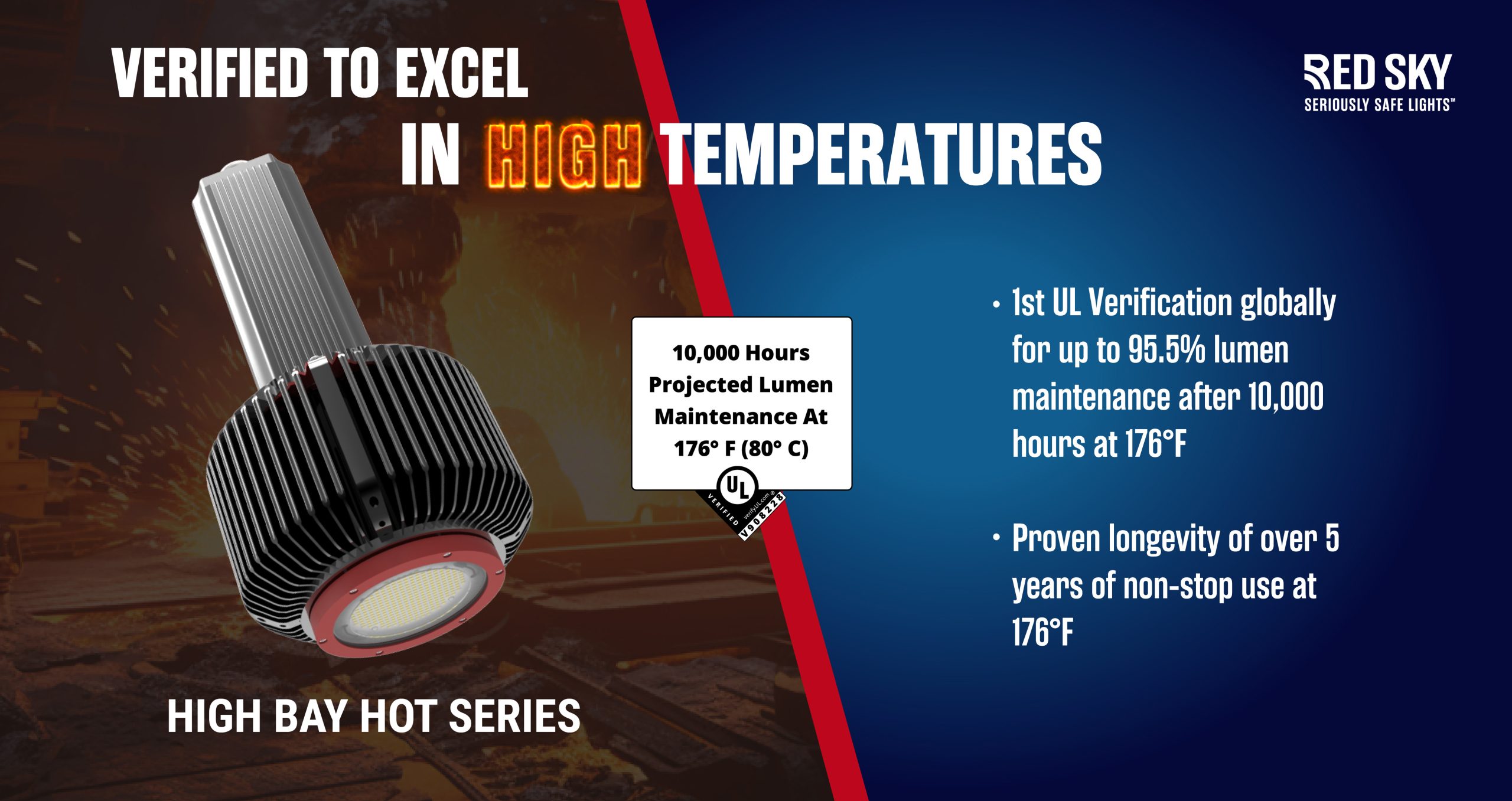When it comes to electrical installations in hazardous locations, safety is of the utmost importance. Electrical equipment and wiring methods must be carefully selected and installed to ensure that they are safe and reliable in these potentially explosive environments. One key factor to consider is the classification of the hazardous location, which is defined by the National Electric Code (NEC) in the United States.
The NEC uses three classes to define hazardous locations where explosive gas atmospheres may be present. Class I locations are areas where flammable gases, vapors, or liquids may be present in sufficient quantities to produce explosive or ignitable mixtures. Class II locations are areas where combustible dusts may be present in sufficient quantities to produce explosive or ignitable mixtures. Class III locations are areas where easily ignitable fibers or flyings may be present in sufficient quantities to produce ignitable mixtures.
When selecting LED lighting fixtures for use in hazardous locations, it’s important to consider the classification of the location and select fixtures that are appropriate for that classification. LED lighting fixtures that are designed for use in hazardous locations must be certified and approved for use in the specific class in which they will be installed. This ensures that the fixture is designed and constructed to withstand the rigors of the environment and that it meets strict safety standards.
Here is a brief overview of classes, divisions, and groups defined by NEC for identifying hazardous locations where specific types of electrical equipment and wiring methods are required.
Classes: The NEC defines three classes based on the type of hazardous material present in the location.
- Class I locations involve flammable gases or vapors
- Class II locations involve combustible dust
- Class III locations involve easily ignitable fibers or flying debris.
Divisions: The NEC also defines two divisions based on the likelihood of the hazardous material being present in the location.
- Division 1: Always Present
Areas in which ignitable concentrations of hazards exist under normal operation conditions and/or where hazard is caused by frequent maintenance or repair work or frequent equipment failure. - Division 2: Not Normally Present
Areas in which ignitable concentrations of hazards are normally in closed containers or closed systems. Hazards may be present due to accidental rupture or breakdown of such containers or systems
Groups: The NEC further categorizes hazardous materials into different groups based on their properties. There are six groups in total, ranging from Group A (acetylene) to Group F (combustible dusts) and Group G (other combustible materials).
- Class I: Gases
Group A – Acetylene
Group B – Hydrogen
Group C – Ethylene
Group D – Propane - Class II: Dusts
Group E – Electrically conductive dust
Group F – Carbonaceous dust
Group G – Agricultural and polymer dust
For example, an LED lighting fixture that is designed for use in a Class I, Division 1 location (where explosive gas atmosphere is present under normal operating conditions) must be designed to prevent the ignition of the atmosphere by the fixture’s normal operation or any sparks or arcs that may be generated by the fixture. The fixture must also be constructed of materials that are suitable for the hazardous environment and must be tested and certified for use in that specific class.
In summary, the NEC classifications for hazardous locations are an essential tool for ensuring the safety and reliability of LED lighting fixtures in potentially explosive environments. When selecting LED lighting fixtures for use in hazardous locations, be sure to look for products that have been certified and approved for use in the specific class in which they will be installed, to ensure the safety and reliability of your lighting system.

